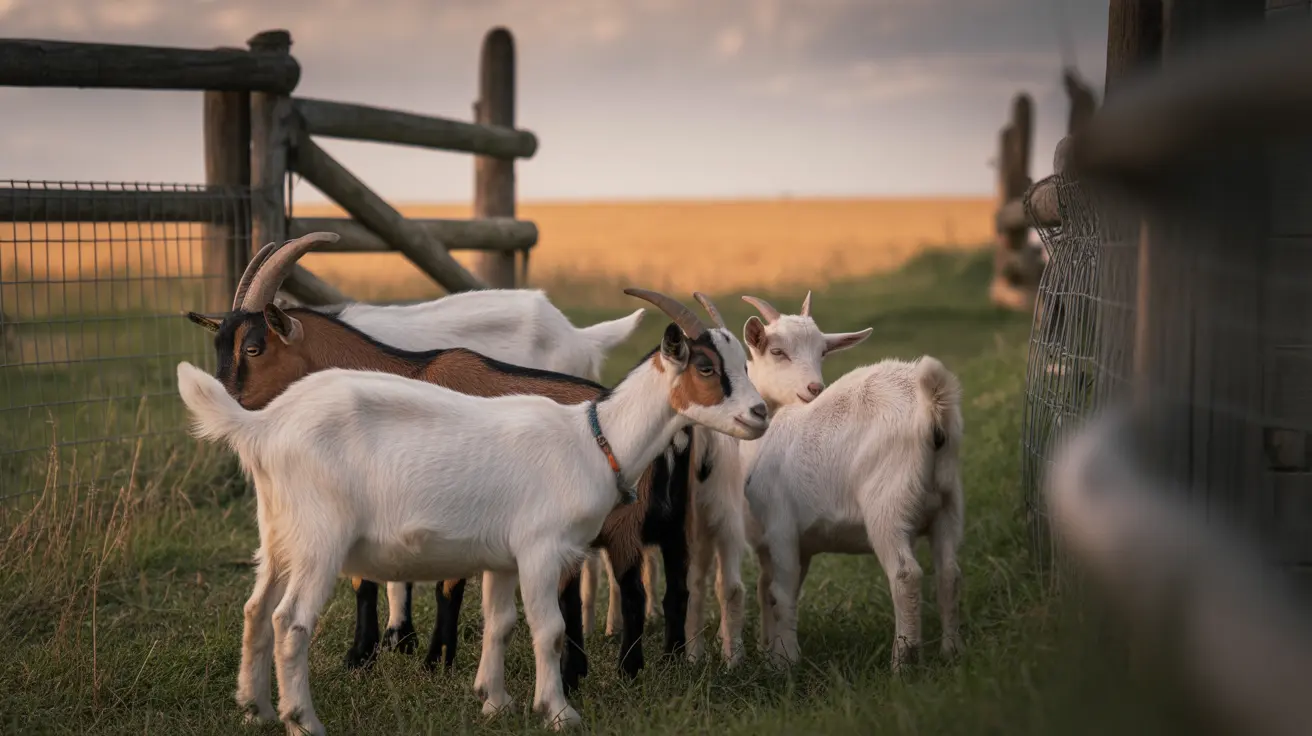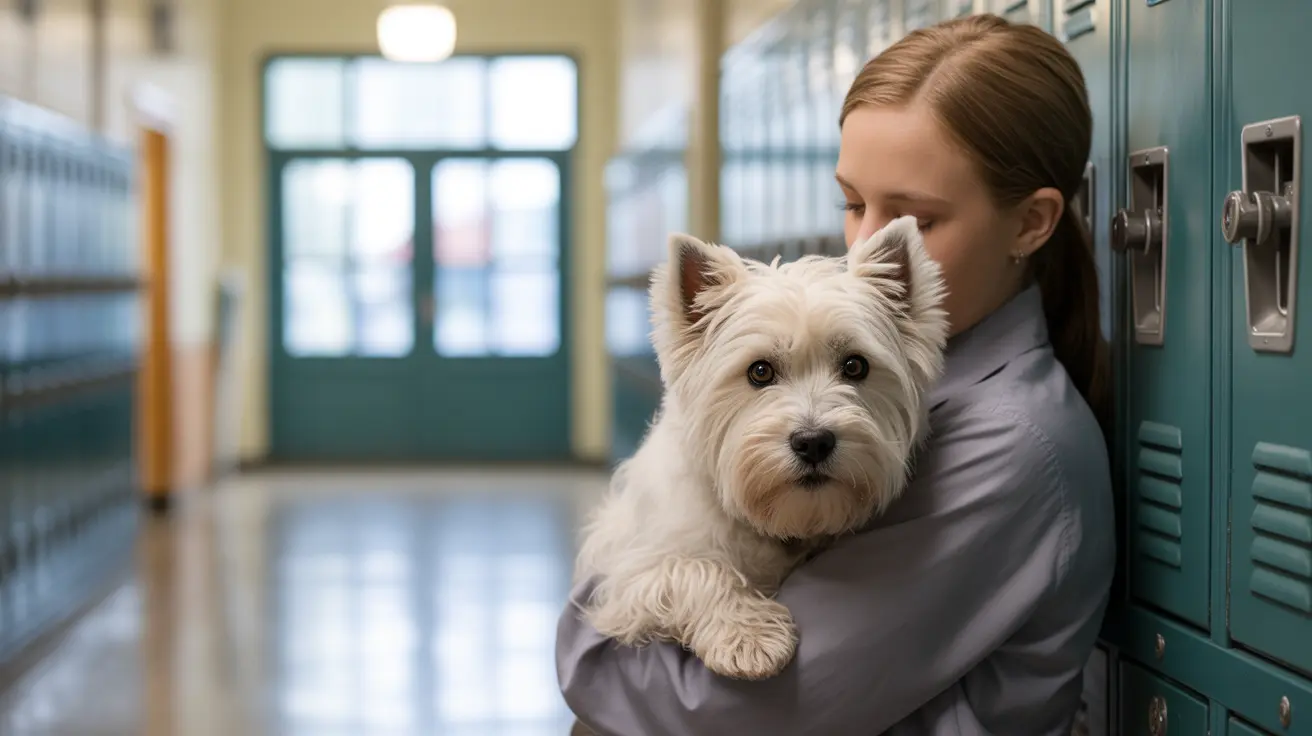Why You Should Never Pull Dogs Apart During Mating
Many dog owners become alarmed when they see two dogs locked together during mating. This behavior, although surprising, is perfectly natural and serves a biological purpose. In this article, we will explore why dogs cannot be pulled apart during mating, the risks of interfering, and what you should do if you witness this happening.
Understanding the Copulatory Tie
Male and female dogs experience what's called a copulatory tie during mating. This occurs when the male’s penis swells inside the female, effectively locking them together. This tie helps to ensure the transfer of sperm and increases the chances of successful fertilization.
- The swelling is caused by a part of the male’s anatomy known as the bulbus glandis.
- The muscles in the female’s vaginal canal also contract, holding the penis in place.
- The duration of the tie can range from 5 to 30 minutes and is entirely normal.
Why You Shouldn't Pull Them Apart
It may be distressing to witness, but trying to separate mating dogs can cause serious harm to both animals. Here’s what can go wrong:
- Physical Damage: Forcing them apart can result in injuries to the male’s penis or the female’s reproductive organs.
- Pain and Stress: Both dogs may experience extreme pain and trauma if separated forcefully.
- Behavioral Issues: A painful mating experience can lead to aggression, fear, or reluctance to mate in the future.
What You Should Do Instead
If you find yourself in a situation where two dogs are stuck together, the best course of action is to remain calm and wait. Here's how to handle the situation:
- Do not panic or shout, as this may frighten the dogs.
- Keep the environment calm and quiet to prevent additional stress.
- Wait patiently until the tie naturally ends and the dogs separate on their own.
- Avoid touching or grabbing the dogs, especially their hindquarters.
Is the Copulatory Tie Always Successful?
While the tie typically increases the chances of fertilization, it doesn’t guarantee that pregnancy will occur. Factors such as timing, fertility, and health status also play significant roles.
Preventing Unwanted Mating
The best way to avoid situations involving mating and the copulatory tie is through responsible pet ownership:
- Spaying and neutering your pets can significantly reduce the risk of mating and unwanted litters.
- Supervise your pets, especially when they are in heat or around unaltered dogs of the opposite sex.
- Use barriers or physical separation if you know your pets may be at risk of mating.
When to Consult a Veterinarian
Generally, a copulatory tie does not require medical intervention. However, you should reach out to your veterinarian if:
- The tie lasts for over 30 minutes and the dogs seem distressed.
- There are signs of injury or bleeding post-mating.
- Your dog exhibits unusual symptoms or behavior after mating.
Conclusion
Understanding the biological mechanics behind dog mating can help pet owners make informed, compassionate decisions. The copulatory tie is a normal and necessary part of canine reproduction. Attempting to pull dogs apart can have harmful consequences. The safest and most responsible choice is to remain patient, calm, and allow nature to take its course.





